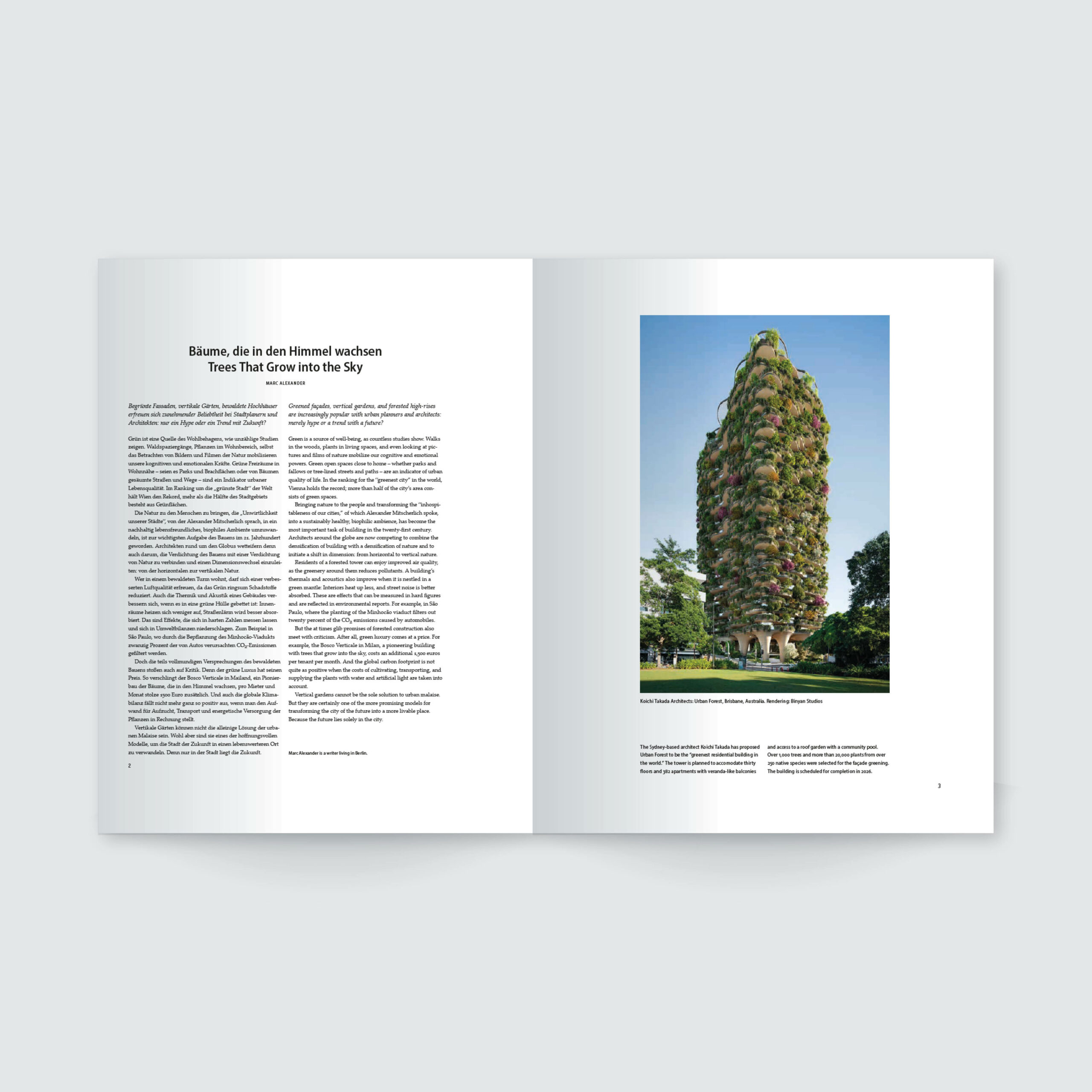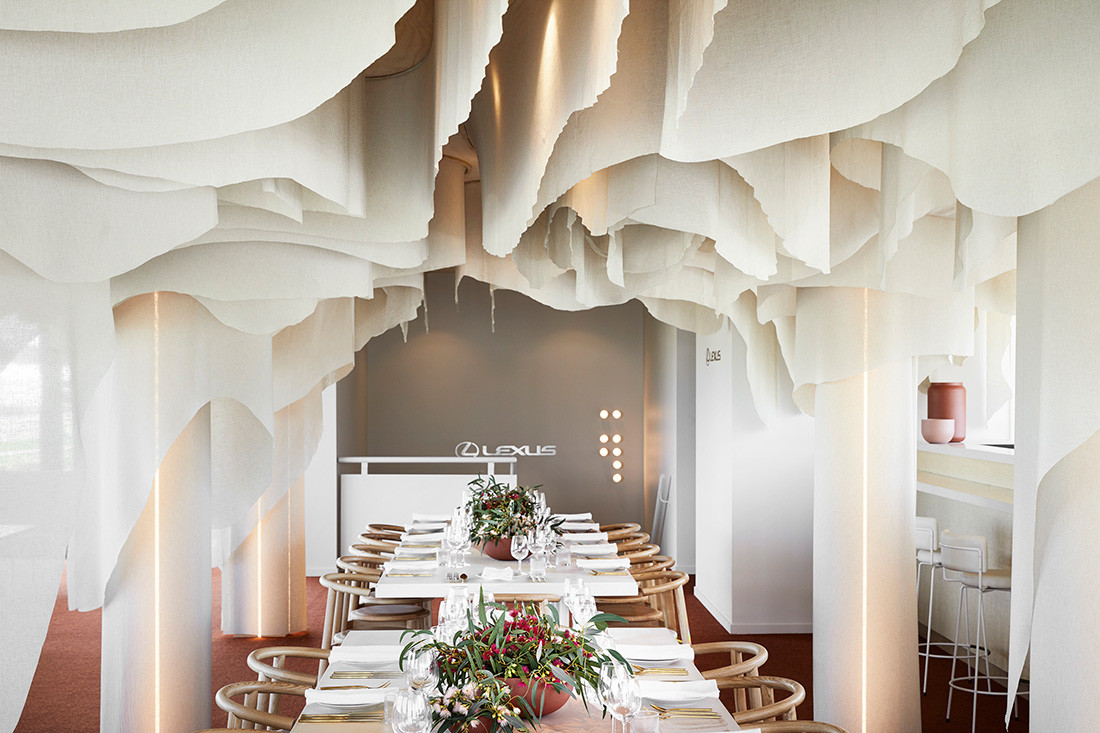 Greened façades, vertical gardens, and forested high-rises are increasingly popular with urban planners and architects: merely hype or a trend with a future?
Greened façades, vertical gardens, and forested high-rises are increasingly popular with urban planners and architects: merely hype or a trend with a future?
Green is a source of wellbeing, as countless studies show. Walks in the woods, plants in living spaces, and even looking at pictures and films of nature mobilize our cognitive and emotional powers. Green open spaces close to home – whether parks and fallows or tree-lined streets and paths – are an indicator of urban quality of life. In the ranking for the “greenest city” in the world, Vienna holds the record; more than half of the city’s area consists of green spaces.
Bringing nature to the people and transforming the “inhospitableness of our cities,” of which Alexander Mitscherlich spoke, into a sustainably healthy, biophilic ambience, has become the most important task of building in the twenty-first century. Architects around the globe are now competing to combine the densification of building with a densification of nature and to initiate a shift in dimension: from horizontal to vertical nature.
Residents of a forested tower can enjoy improved air quality, as the greenery around them reduces pollutants. A building’s thermals and acoustics also improve when it is nestled in a green mantle: Interiors heat up less, and street noise is better absorbed. These are effects that can be measured in hard figures and are reflected in environmental reports. For example, in São Paulo, where the planting of the Minhocão viaduct filters out twenty percent of the CO2 emissions caused by automobiles.
But the at times glib promises of forested construction also meet with criticism. After all, green luxury comes at a price. For example, the Bosco Verticale in Milan, a pioneering building with trees that grow into the sky, costs an additional 1,500 euros per tenant per month. And the global carbon footprint is not quite as positive when the costs of cultivating, transporting, and supplying the plants with water and artificial light are taken into account.
Vertical gardens cannot be the sole solution to urban malaise. But they are certainly one of the more promising models for transforming the city of the future into a more livable place. Because the future lies solely in the city.
Purchase a copy of European Photography Issue Number 111.




